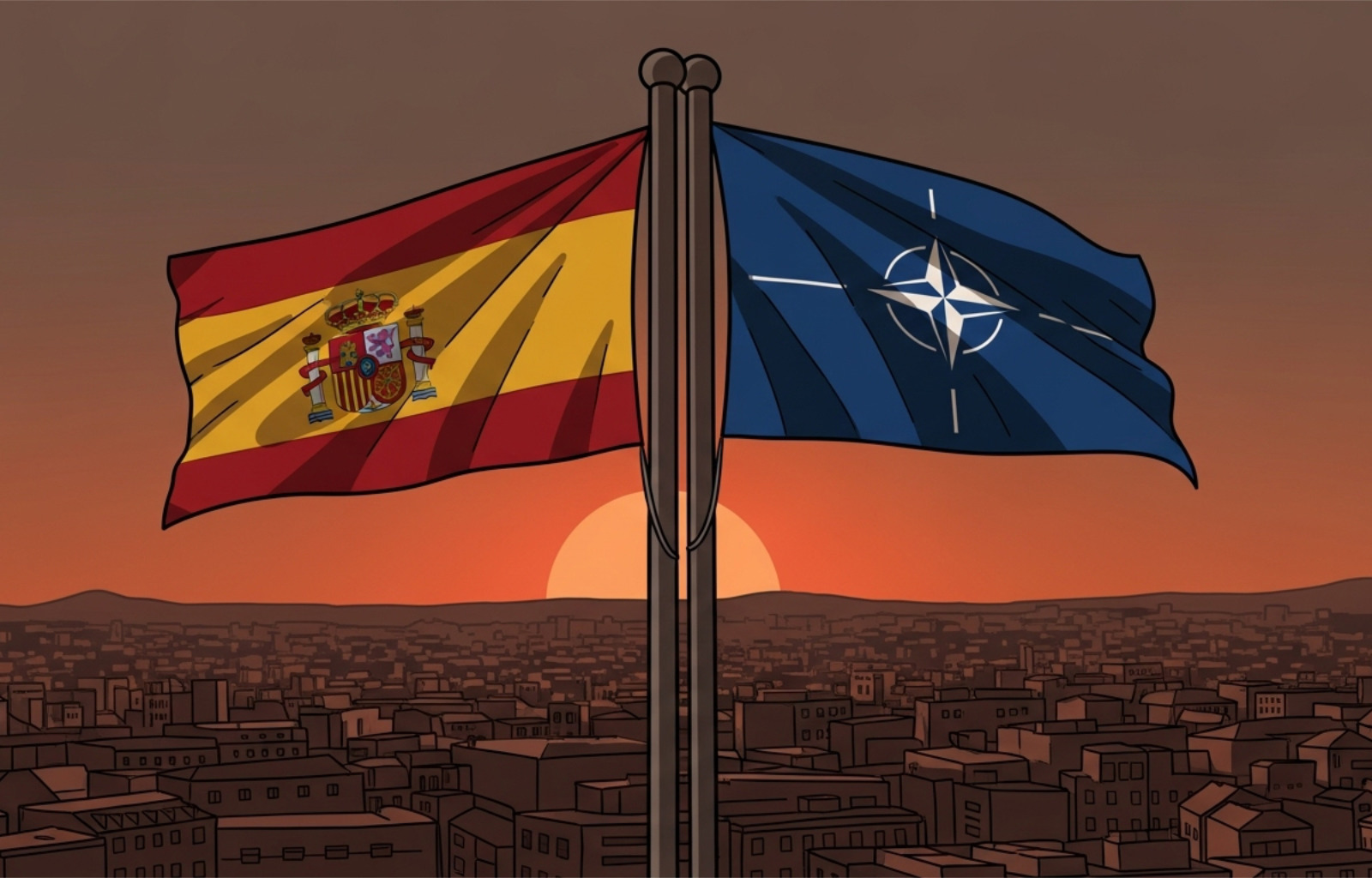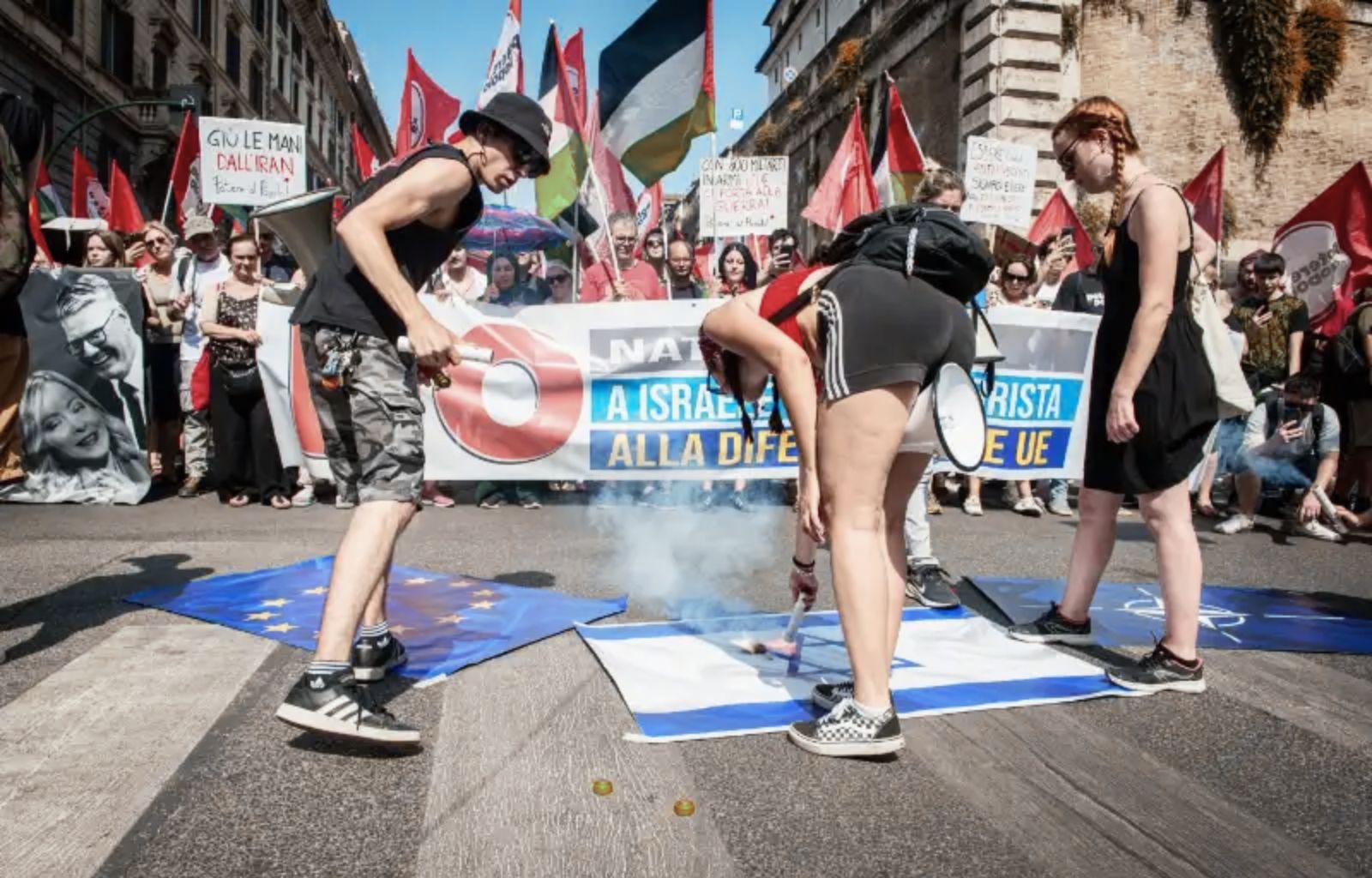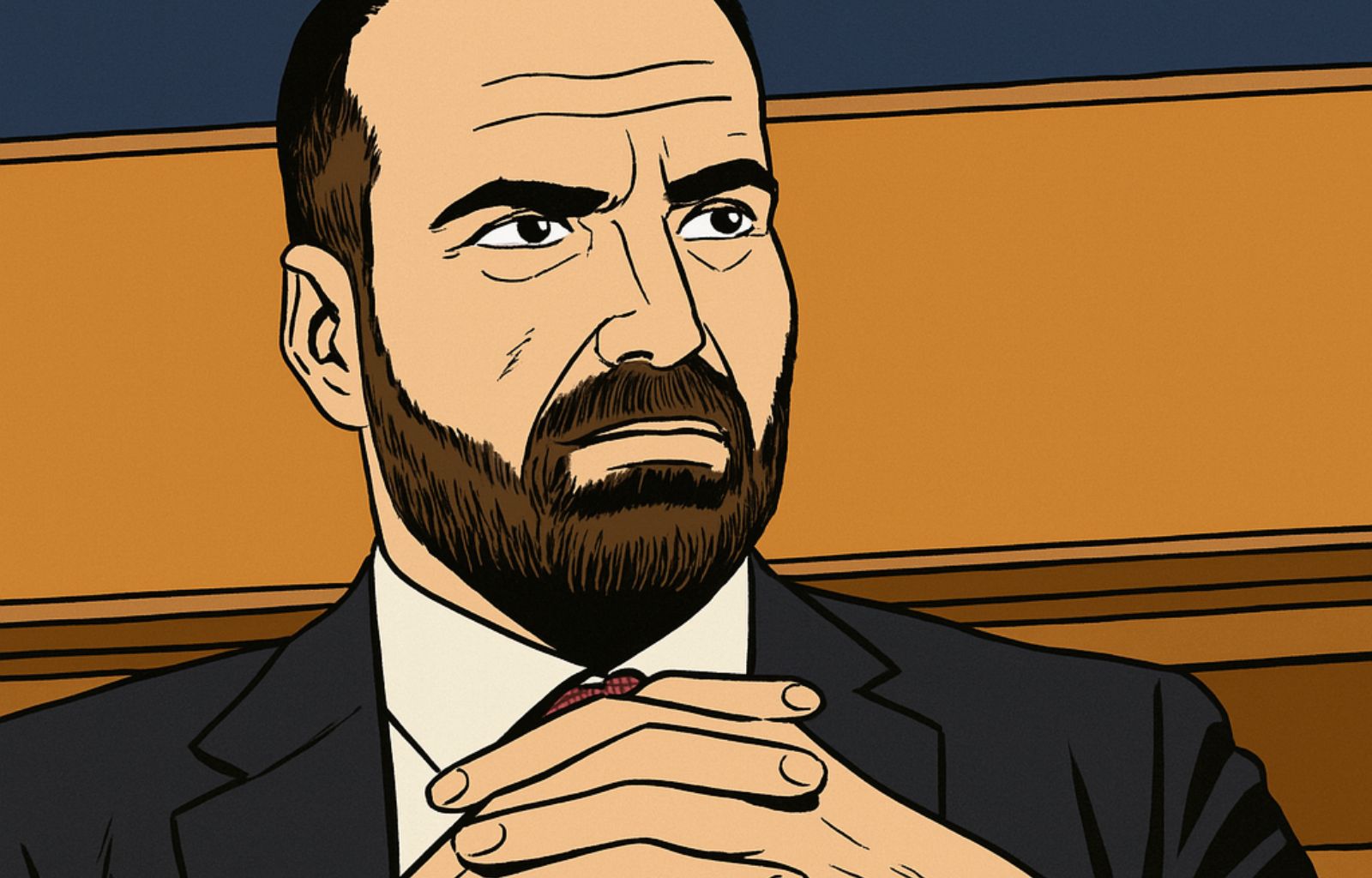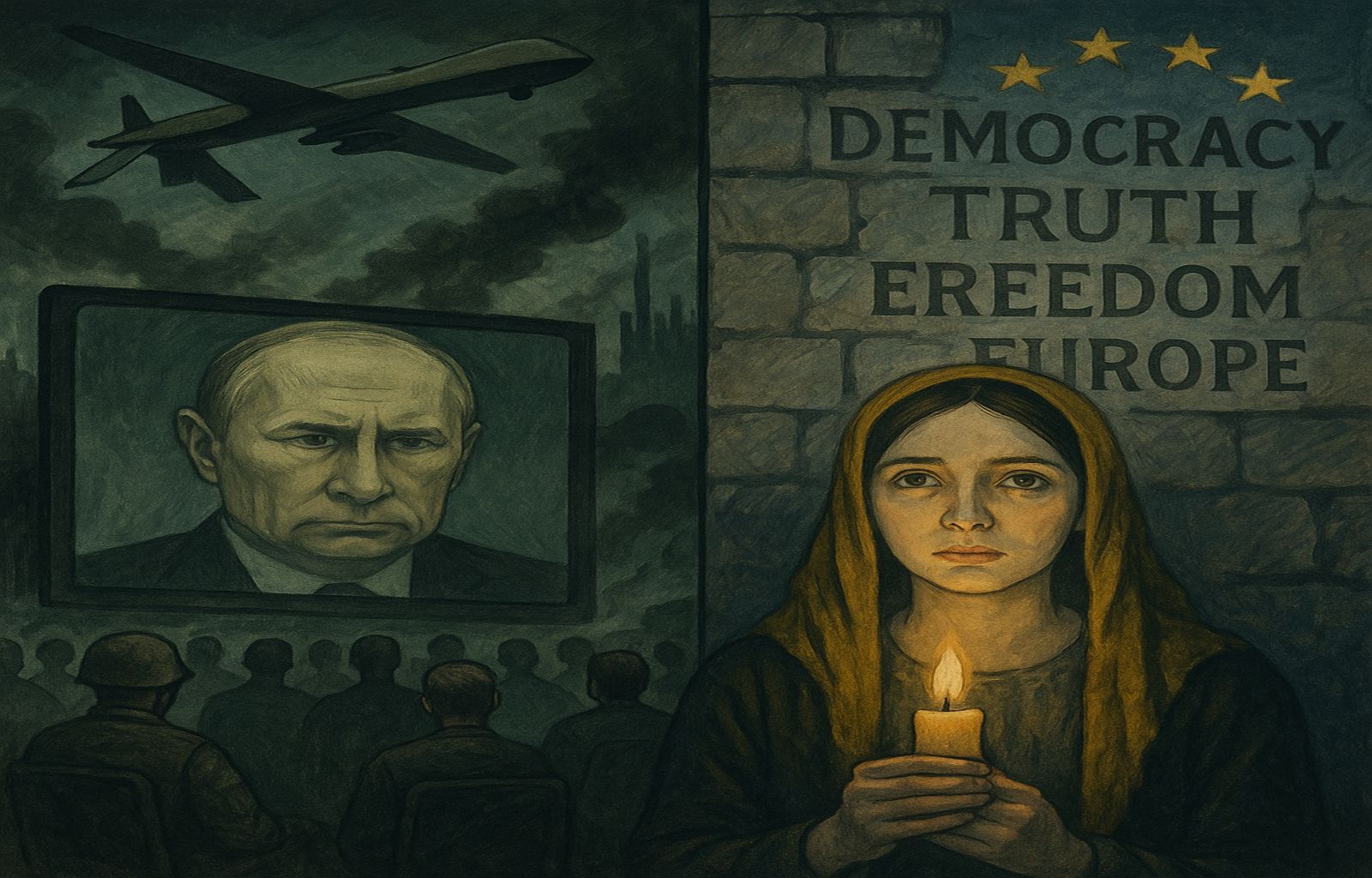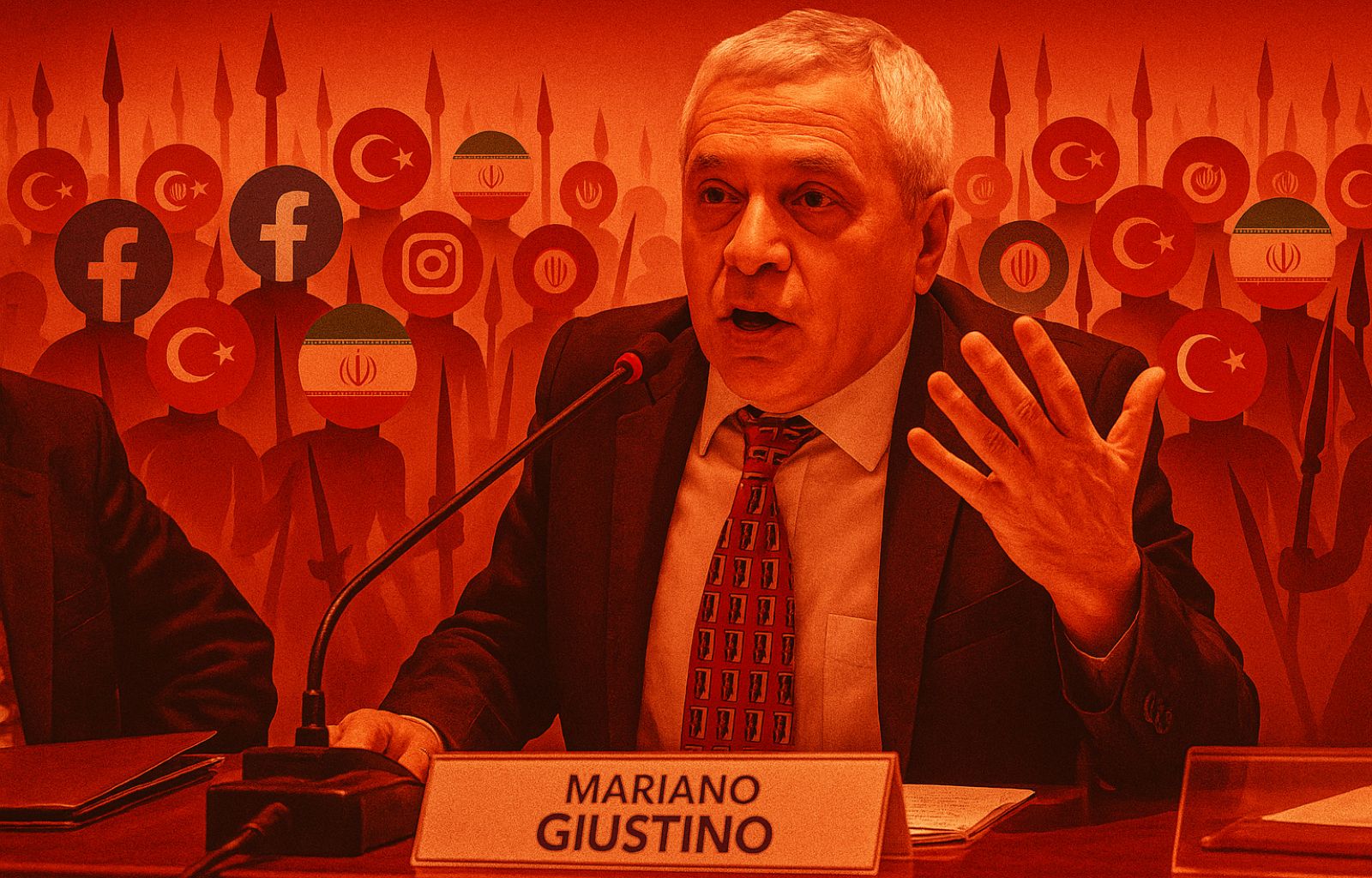The bad company of the old EU and the construction of the new Europe
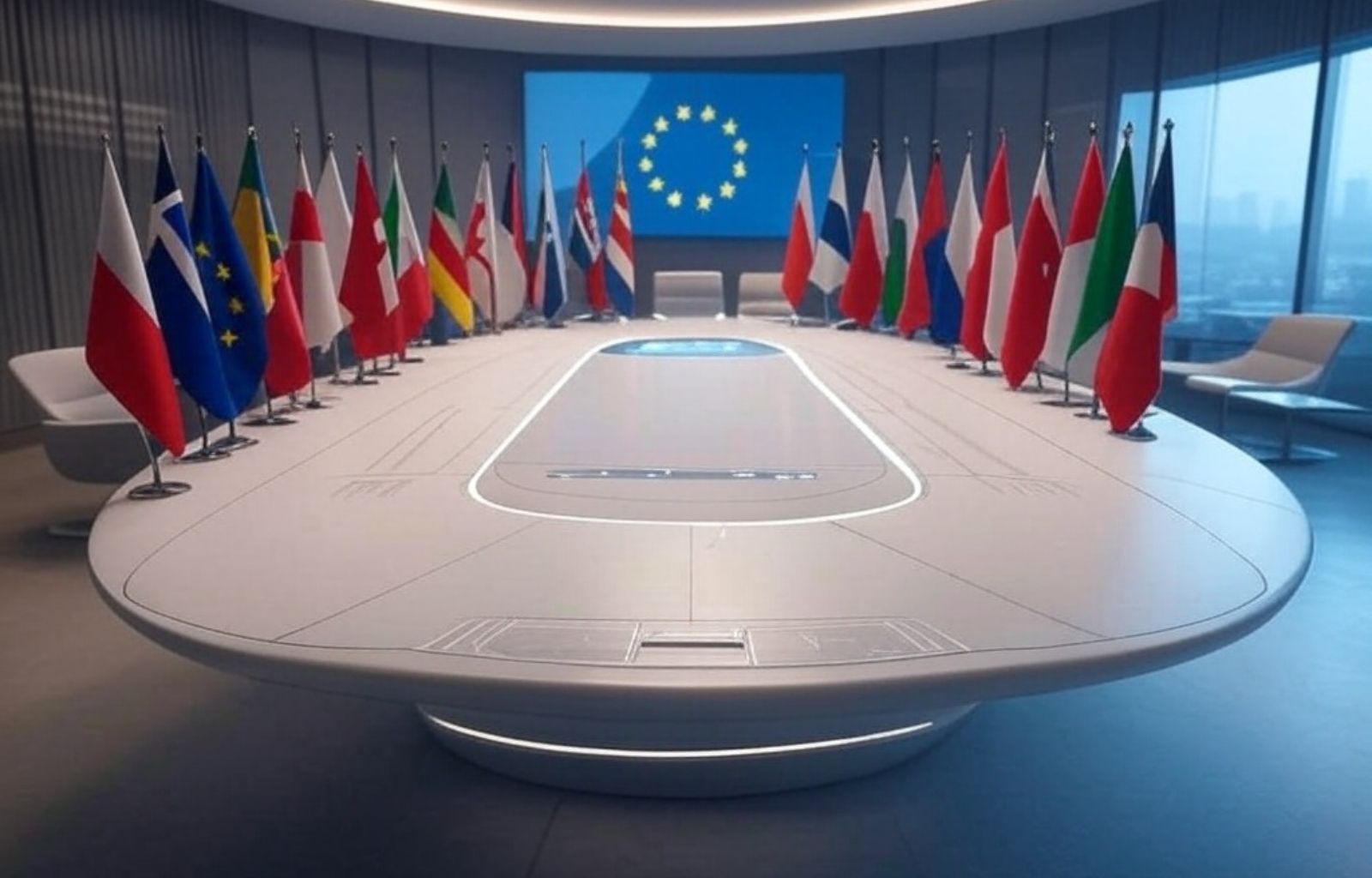
For several years there has been talk of amulti-speed EU, meaning a difference in the speed of the different countries in the same direction, that of greater integration and an implicit strengthening of its constitutional assumptions. The slower or faster speeds were understood with respect to the timing of the fulfilment of a process – that of ceding sovereignty to common institutions for shared political, economic and strategic objectives – which within the EU many political groups (not only opposition groups) now explicitly contest.
That is, it is no longer the timing of integration that is in question, but its object. It is no longer the speed that is in question, but the direction. As it is constructed, summarising the technicalities of the Treaties, the EU does not in any way prevent progress at different speeds in the same direction, but it does not allow progress, at equally accelerated speeds, in different or even opposing directions on matters that imply, by their very nature, a common perspective, and above all that of defending the architecture of European construction: the rule of law, open society, the division of powers and full legal integration as the counterpart of the system of socio-economic solidarity.
The treaty mechanism does not save us from enemy fifth columns
It is therefore reasonable to hypothesise that in order to save the very sense and substance of the EU it will be necessary to find a way to exclude the ‘secessionist’ countries – those, for example, that today flank and supportPutin’s aggression in Kyiv – from the European construction that will survive this trial by fire represented by the war onUkraine and that this exclusion – if, as is conceivable, the number of ‘pacifist’ countrieswill not diminish and if it ever expands (not too significantly, however, according to reasonable forecasts) – will entail a profound revision of the European architecture.
To continue to pay Hungary or Slovakia or in the future perhaps Romania to act as Russia’s fifth column within the EU institutions would be an example of suicidal bureaucratic cretinism. It is illusory to think of activating the instruments of greater integration envisaged by the Treaties – for example, enhanced cooperation and permanent structured cooperation in defence and security matters – in a framework dominated in law or in fact by the principle of unanimity and undermined by fundamental divisions between some member states even on the defence of the liberal-democratic paradigm.
The example of the willing. Seeking other schemes to remake Europe
As is happening with the coalition of the willing, which contends the fate of Ukraine with the unholy pact between Trump and Putin, the ‘new’ Europe must be built in parallel with the ‘old’ one. It is certainly not an easy thing to turn the EU, on the issues that matter, into a bad company that will propitiate the birth of anemancipated Union purified of the veto power of enemies infiltrating the ganglia of its functioning. But as utopian and even dystopian as it may seem, today the EU has no chance of becoming true to its principles and values if not by restricting itself, on all the issues that matter, to a nucleus of countries that share fundamental instances of freedom.
Building another Europe, literally
If today’sEU, from which no country can be thrown out, not even if it establishes a plebiscitary autocracy (like Hungary), does not find a way to defend itself against this contagion, it will not even find a way to survive. Nobody must be thrown out of this trap, but we must get out of it, emptying it of meaning and resources. Today, the pro-European challenge is to accept that the EU that exists is only the bad company of the EU that will be, and that in order to be ‘something’ again, it must emerge, with an effort of institutional imagination and political courage that is not impossible, from this painful condition that forces it to be ‘nothing’.

